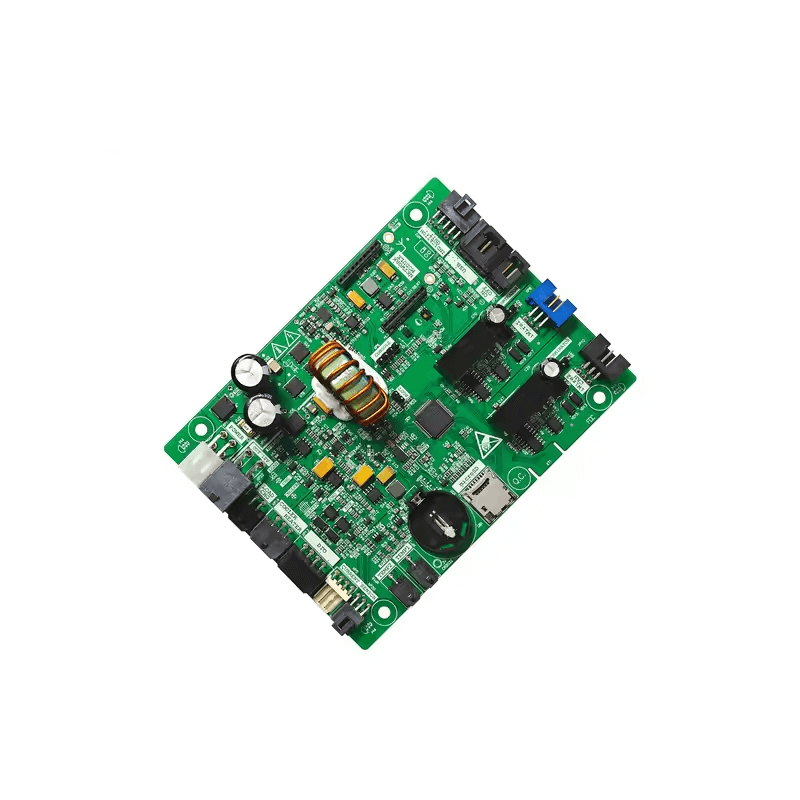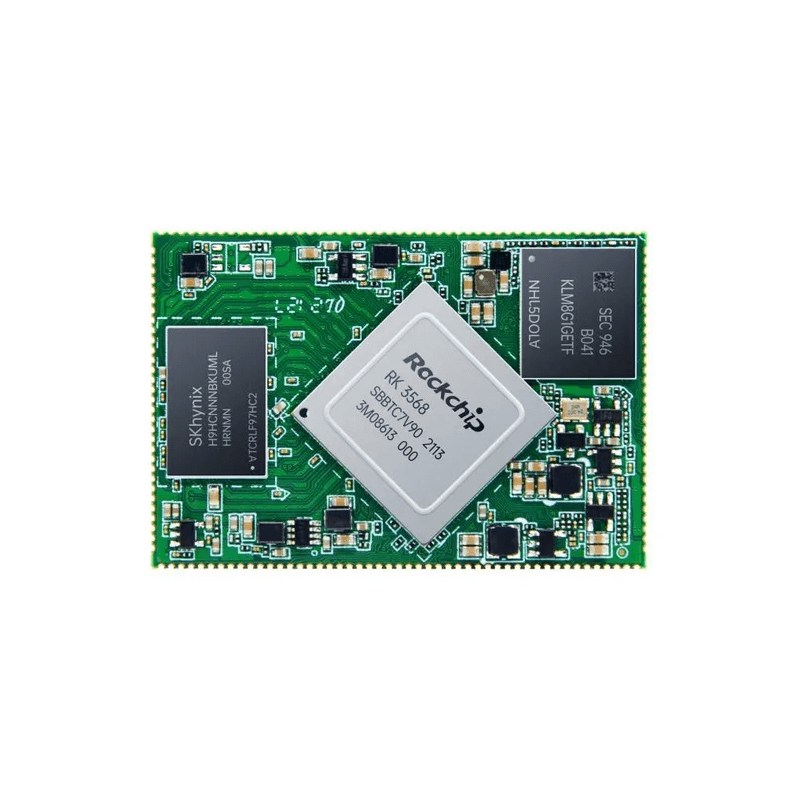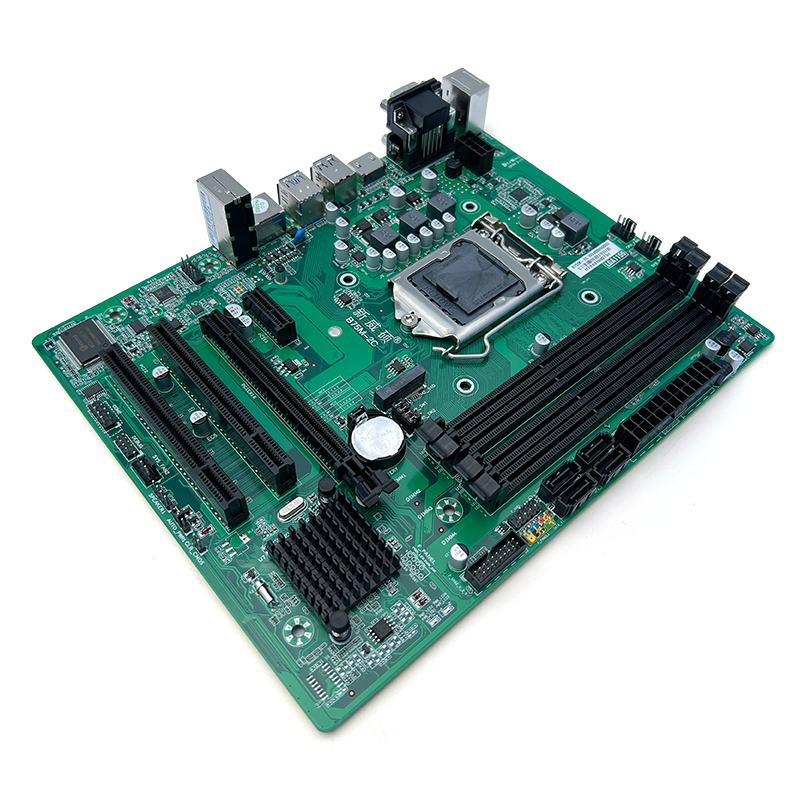Product Parameters
| Precision Machining Electronic Control Board |
|---|
Product Display
I. Description
The precision machining electronic control board is a core electronic component used in precision machining equipment to precisely control various machining parameters and operation processes. It mainly consists of a microcontroller unit (MCU), programmable logic device (PLD), multiple interface circuits, a power management module, and a signal conditioning circuit.
The microcontroller unit (MCU) is the "brain" of the precision machining electronic control board. It has a high-performance processor core built-in and can execute complex control algorithms. These algorithms are used to precisely control the motion trajectory, speed, acceleration, and other parameters of the machining tools. For example, in precision milling, the MCU can precisely control the movement of the milling cutter on the workpiece surface according to the pre-programmed milling path and cutting parameters, ensuring that the machining accuracy reaches the micron or even nanometer level.
The programmable logic device (PLD) can be flexibly programmed according to specific machining tasks to implement various logic functions and signal processing. It can work in cooperation with the MCU. For example, during multi-axis coordinated machining, it synchronizes and coordinates the motion signals between different axes to ensure that the relative position between the machining tool and the workpiece is always maintained within a high-precision range.
The interface circuits include input interfaces and output interfaces. The input interfaces are used to connect various sensors, such as position sensors, force sensors, and temperature sensors. These sensors can monitor various parameters during the machining process in real time, such as tool position, cutting force, and machining temperature, and transmit these signals to the electronic control board. The output interfaces are used to connect actuator elements such as motor drivers and solenoid valves, converting the control signals sent by the electronic control board into drive signals that the actuator elements can recognize, thereby achieving precise control of the machining equipment.
The power management module is responsible for providing a stable power supply to the entire electronic control board. It can adapt to different input voltage ranges and ensure the stability and purity of the output voltage through circuits such as voltage regulation and filtering. In the precision machining process, even a tiny fluctuation in power supply may affect the machining accuracy, so a stable power supply is crucial.
The signal conditioning circuit performs amplification, filtering, linearization, and other processing on the input sensor signals. Since sensor signals are usually weak and may contain noise, the signal conditioning circuit can convert these signals into standard signals suitable for processing by the microcontroller and other circuits, improving the quality and reliability of the signals.
II. Application Scenarios
- Precision Grinding Machine Machining
- In precision grinding machines, the precision machining electronic control board plays a key role. It connects with the grinding wheel position sensor and the workpiece surface roughness sensor to obtain the positional relationship between the grinding wheel and the workpiece and the roughness information of the workpiece surface in real time. Based on this information, the electronic control board can precisely control the feed rate and rotational speed of the grinding wheel to ensure that the flatness and smoothness of the workpiece surface meet extremely high precision requirements. For example, during the grinding process of optical lenses, the electronic control board can precisely adjust the motion trajectory of the grinding wheel according to the curvature requirements of the lenses, enabling the surface of the lenses to reach optical-level standards.
- Precision Electrical Discharge Machining
- For precision electrical discharge machining equipment, the electronic control board controls the discharge energy, discharge pulse frequency, and electrode motion to achieve high-precision machining of the workpiece. It is connected with the discharge current sensor and the electrode position sensor and precisely adjusts the discharge parameters according to the machining requirements and the information fed back by the sensors. When machining tiny holes or complex-shaped mold cavities, the electronic control board can ensure the stability and precision of the discharge process, so that the machined parts have high-precision dimensions and good surface quality.
- Ultra-Precision Turning Machining
- In ultra-precision turning machining, the precision machining electronic control board is used to control the cutting speed, feed rate, and cutting depth of the turning tool. It connects with the turning tool position sensor and the cutting force sensor to monitor the position and cutting force of the turning tool in real time. Based on these parameters, the electronic control board can adjust the motion of the turning tool to achieve high-precision machining of the workpiece. For example, when machining high-precision shaft parts, the electronic control board can precisely control the feed rate of the turning tool, keeping the diameter tolerance of the parts within a very small range to meet the requirements of ultra-precision machining.
III. Hardware Characteristics
- High-Precision Control Capability
- The precision machining electronic control board adopts high-precision digital control technology and can achieve precise control of machining parameters. Its control resolution can reach the micron or even nanometer level. For example, when controlling the displacement of the tool, it can be accurate to the micron-level step size. Through high-precision pulse-width modulation (PWM) technology, the rotational speed and torque of the motor can be precisely controlled, thereby ensuring the motion accuracy of the machining tool.
- High Integration and Miniaturization Design
- To adapt to the limited space inside precision machining equipment, the precision machining electronic control board usually adopts a high-integration design. Multiple functional modules such as the microcontroller, programmable logic device, and interface circuits are integrated on a small circuit board, reducing the volume of the electronic control board. Meanwhile, this integrated design also improves the reliability of the system and reduces the influence of external interference.
- High-Speed Communication Interfaces
- It has high-speed communication interfaces, such as high-speed serial interfaces (SPI), Ethernet interfaces, etc. These communication interfaces can achieve high-speed data transmission between the electronic control board and the host computer, other control devices, or sensors. For example, during the machining process, the electronic control board can transmit real-time machining data to the host computer for monitoring and analysis through the Ethernet interface, and it can also receive machining instructions sent by the host computer to achieve remote control and data sharing.
- Strong Anti-Interference Ability
- In the precision machining environment, there are various sources of electromagnetic interference, such as motors and high-frequency power supplies. The precision machining electronic control board adopts various anti-interference measures to ensure its normal operation. In terms of hardware, the circuit board uses shielding layers and filtering circuits to effectively reduce the influence of external electromagnetic interference. In terms of software, by using error correction coding and signal verification technologies, the reliability of data transmission is improved, preventing errors in data during transmission due to interference.
- High Reliability and Stability
- The precision machining electronic control board uses highly reliable electronic components and a stable circuit design. The electronic components have undergone strict screening and quality testing to ensure that they will not fail during long-term operation. The circuit design considers redundancy and fault tolerance mechanisms. For example, when some circuits fail, it can automatically switch to the backup circuit to ensure that the basic functions of the electronic control board are not affected, thereby ensuring the continuity and stability of the precision machining process.
















Reviews
Logistics Robot Control Board